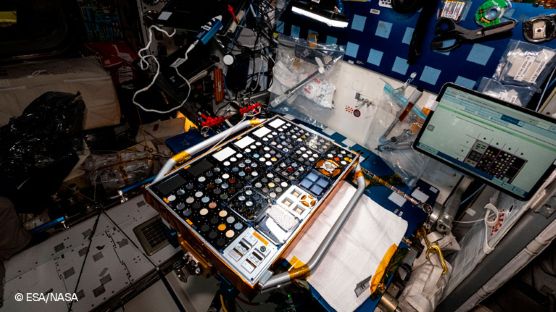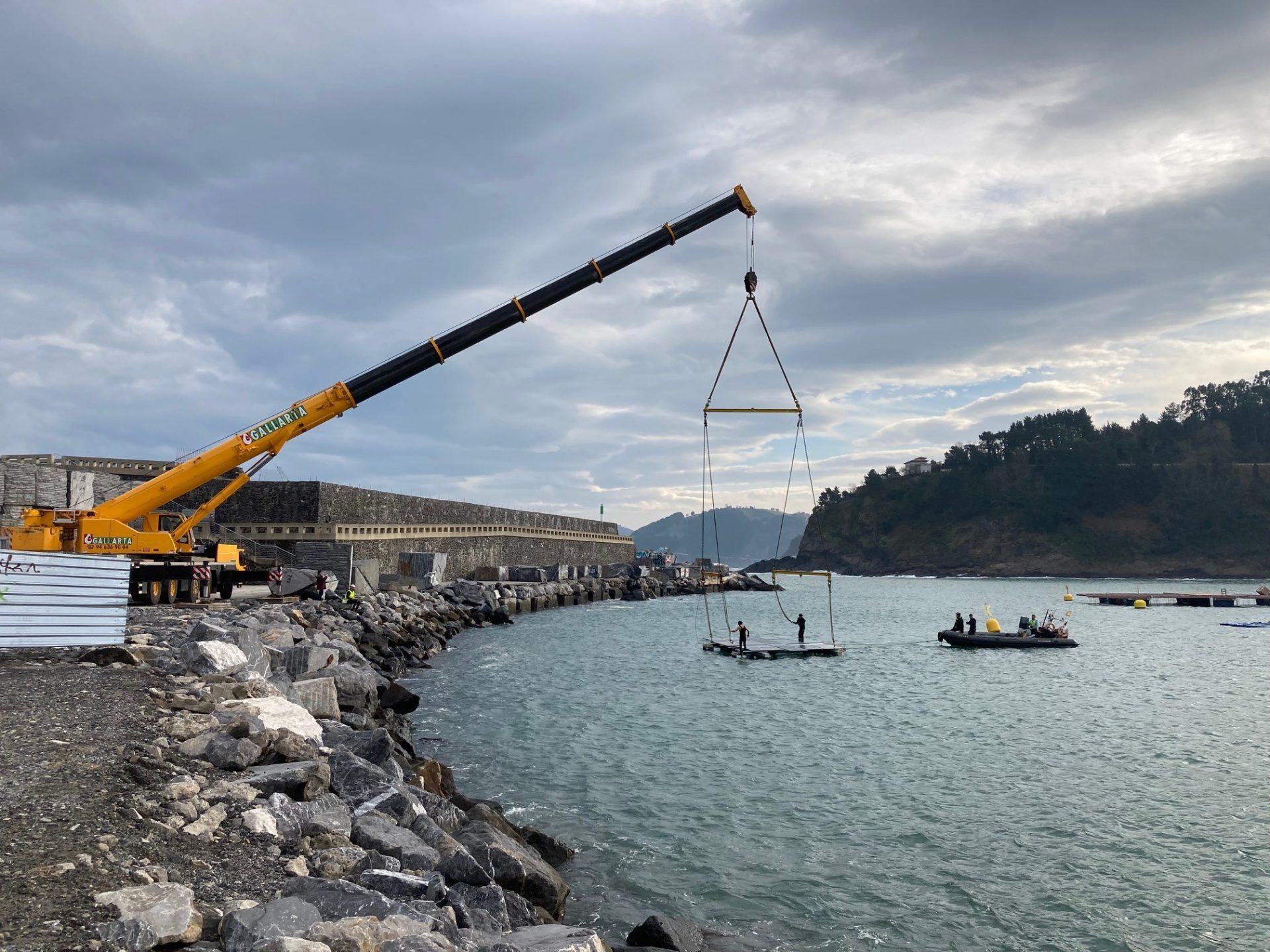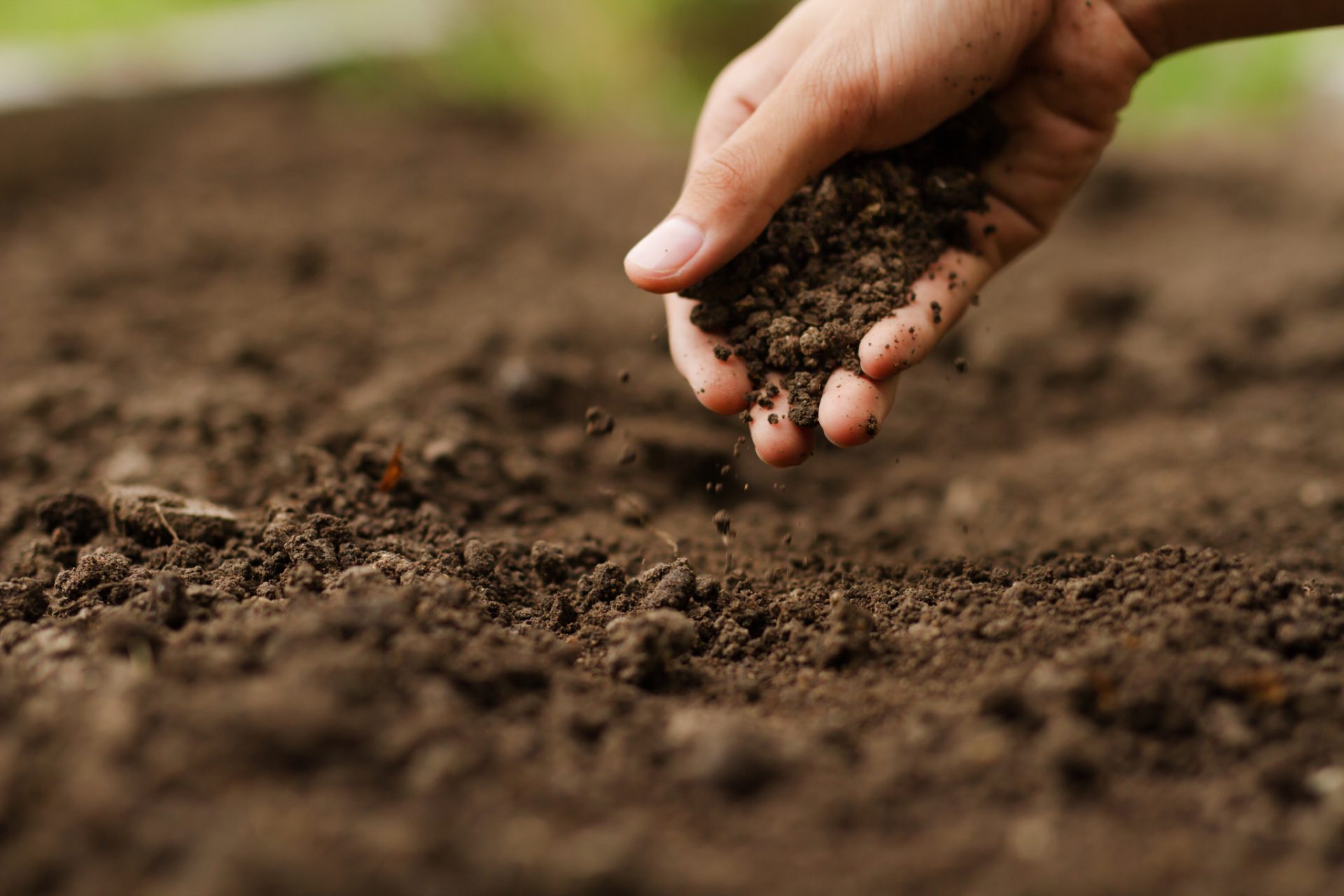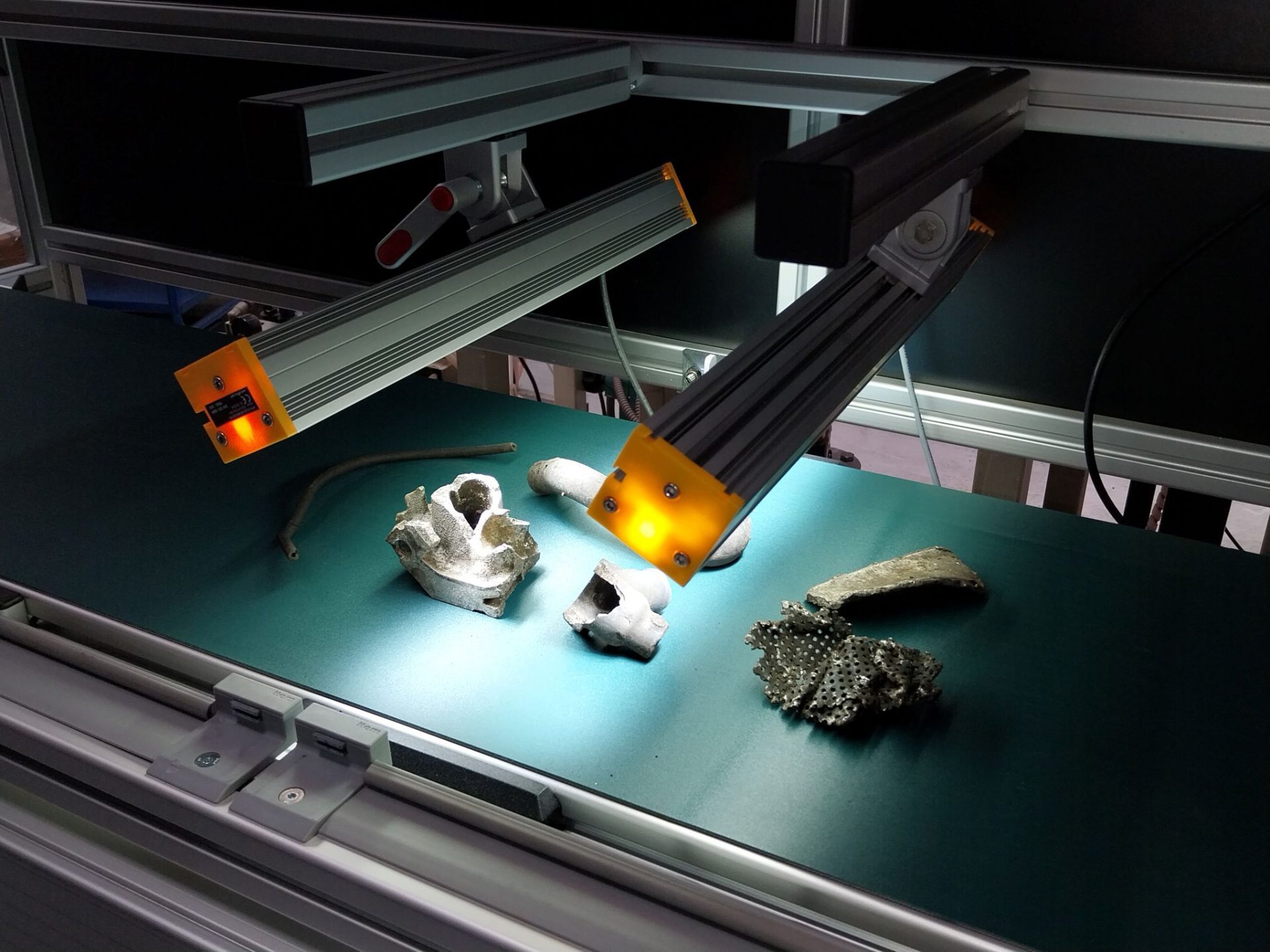Tekniker sends material samples to the International Space Station for in-orbit testing

Tekniker is sending materials to the International Space Station for testing on the Bartolomeo platform, located in the Columbus module. This project, led by ESA and CNES, evaluates advanced materials and places Tekniker among 15 European entities selected in Euro Material Ageing 2020.
The Bartolomeo platform, installed in the European Columbus module of the International Space Station (ISS), hosts the test bench for a new generation of materials with potential application in structures and mechanisms for space missions.
Two of the material samples sent last November and installed in December in this housing located in low Earth orbit, have been designed and developed by the Basque technology centre Tekniker, a member of the Basque Research and Technology Alliance (BRTA), within the framework of the Euro Material Ageing 2020 test programme, an initiative promoted by the European Space Agency (ESA) and the French National Centre for Space Studies (CNES).
The centre has provided a sample manufactured with a Diamond Like Carbon (DLC) coating and another with a plasma electro-oxidation (PEO) treatment.
Tekniker develops DLC coatings using physical vapour deposition (PVD) and plasma assisted chemical vapour deposition (PACVD) techniques to improve the durability and performance of tribological components in space applications. DLC stands out for its exceptional properties: low friction, high hardness and corrosion resistance, functioning as a solid lubricant under vacuum conditions. This makes it ideal for moving mechanisms in space missions.
On the other hand, Tekniker uses the plasma electro-oxidation (PEO) technique to form protective layers on light metals such as aluminium, aluminium-silicon and titanium. This coating improves properties such as hardness, wear and corrosion resistance, and provides specific thermal characteristics thanks to its black colour. PEO-treated materials have a high potential for use in space missions such as Artemis Mars Sample Return or deep space missions.
At this location, their durability under extreme conditions of temperature, radiation, particle impact, vacuum or atomic oxygen will be studied together with other samples from a total of 15 entities selected by ESA and CNES.
‘This is a unique opportunity to test these materials directly in outer space. It is also a recognition of the scientific work carried out at Tekniker, as only 15 of the 50 proposals received by ESA were chosen for their greater potential,’ says Borja Coto, researcher and head of the space sector at Tekniker.
12 months of exposure
ESA and CNES hope that the results of this pilot experience will accelerate the development of space materials in Europe and strengthen the continent’s position in a growing sector.
In total, the materials will be exposed to space conditions for 12 months and then, after the mission, the samples will be returned to ESA’s European Space Research and Technology Centre in Noordwijk, the Netherlands, for post-campaign analysis.
The centre’s expertise in the space sector and in areas such as tribology has been essential to produce these prototypes and test whether these coatings have potential applications in future exploration and research missions in other corners of the galaxy.




